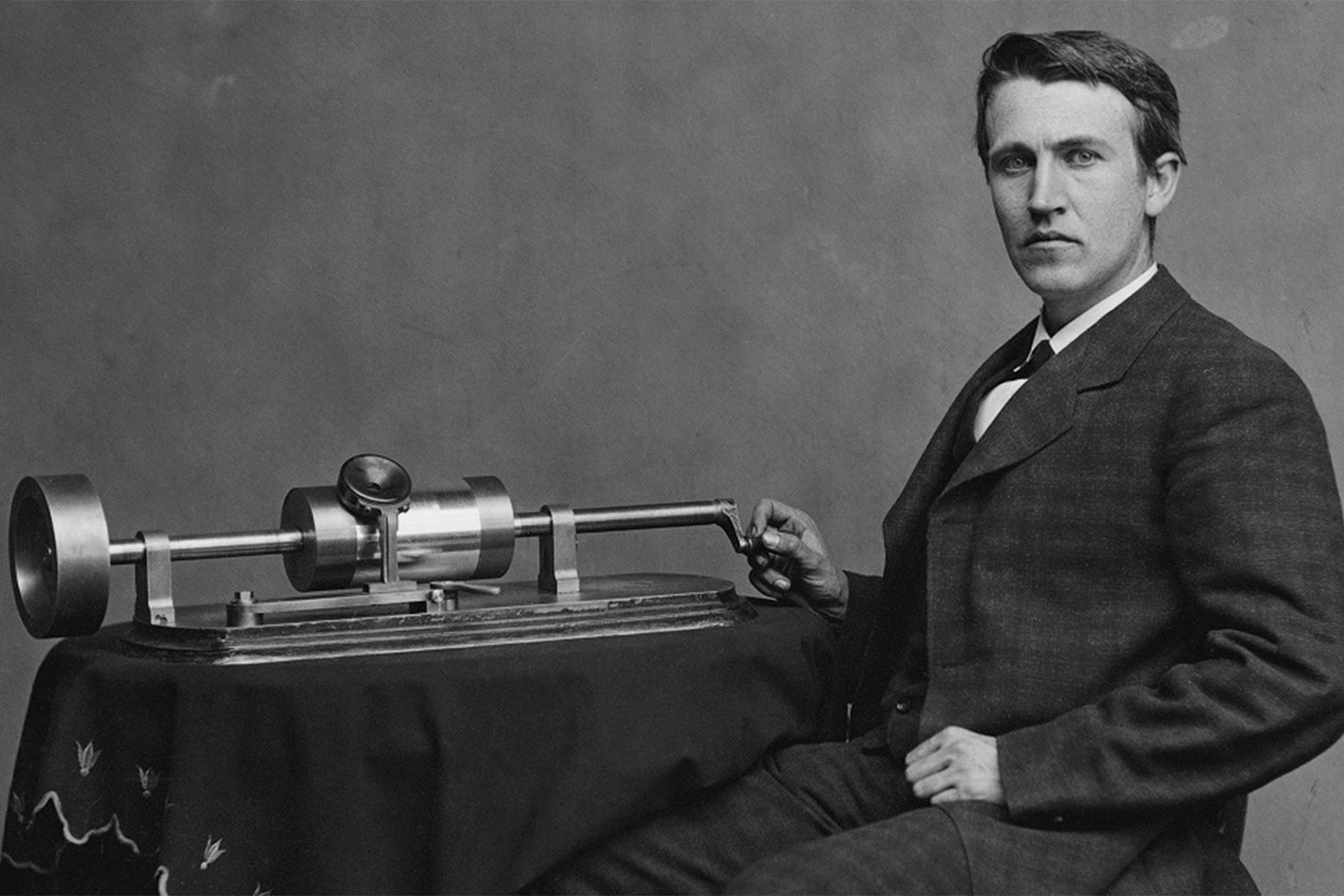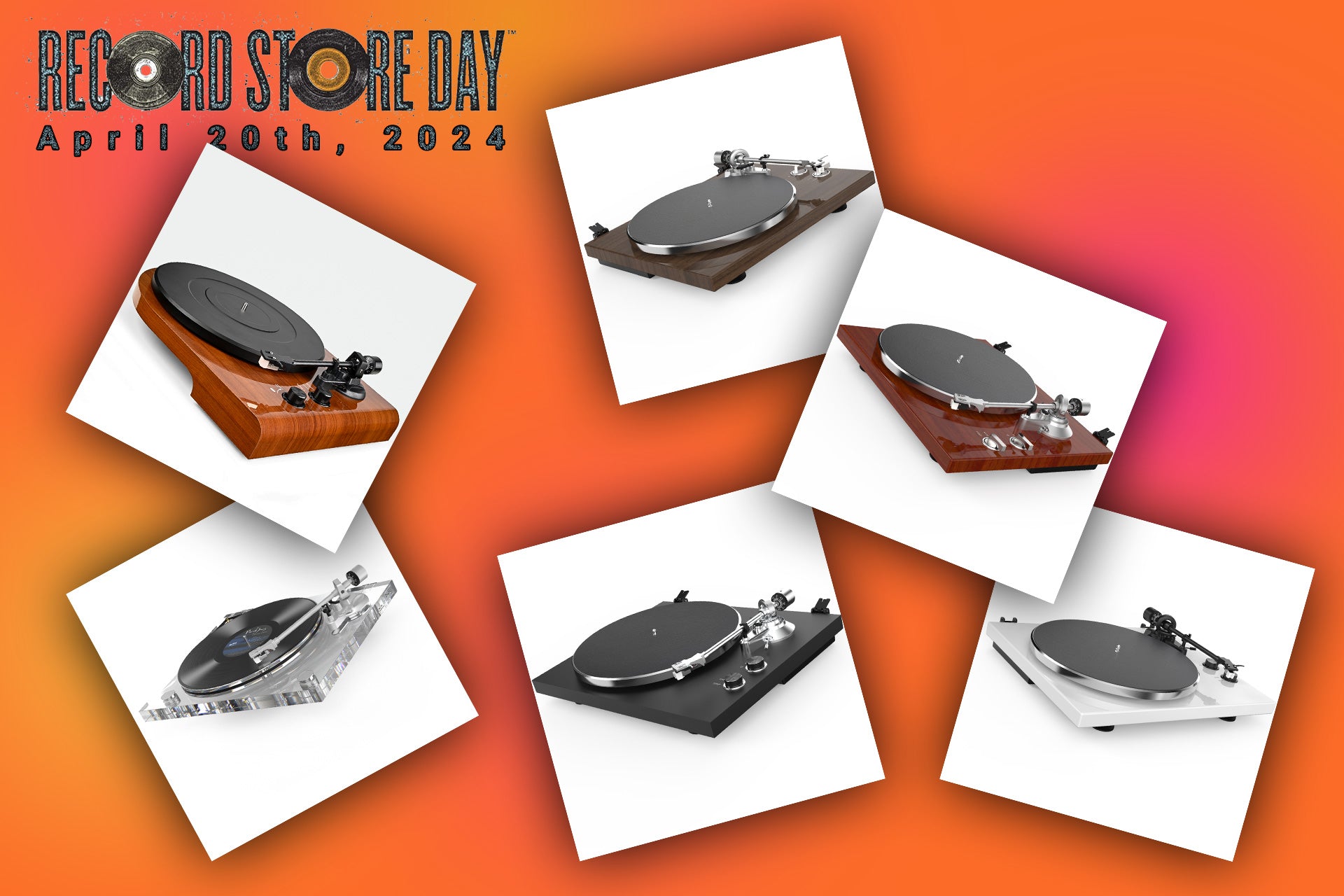Introduction
The journey of record players spans over a century, evolving from the rudimentary phonograph player to today's advanced turntables. This evolution not only reflects technological advancements but also a cultural resurgence of vinyl music. As vinyl enthusiasts continue to embrace this rich format, understanding the history of record players can deepen appreciation for the medium. In this blog, we will explore the significant milestones in the evolution of record players, from early phonographs to the new record players for sale today.
1. The Birth of the Phonograph
The Invention of the Phonograph
The phonograph, invented by Thomas Edison in 1877, marked the beginning of recorded sound. This groundbreaking device used a cylinder wrapped in tinfoil to capture and reproduce sound, revolutionizing how music was experienced. Although the sound quality was limited, the phonograph set the stage for future innovations in audio technology.
Early Adoption and Popularity
By the late 19th century, the phonograph gained popularity, especially in homes and entertainment venues. People were captivated by the ability to play recorded music, leading to a surge in demand for these devices. Phonographs became symbols of status, with elaborate designs and decorative casings, making them not only functional but also a centerpiece of home entertainment.
2. Transition to the Gramophone
The Advent of the Gramophone
In the late 1800s, the gramophone emerged as an evolution of the phonograph. Unlike its predecessor, the gramophone used flat discs instead of cylinders, making it easier to produce and distribute music. This transition paved the way for the standardization of recorded music formats.
Impact on Music Distribution
The gramophone allowed for mass production of records, leading to the rise of the music industry. Record labels began to emerge, and artists could reach wider audiences. This shift fundamentally changed how music was consumed, as people could now own recordings of their favorite songs.
3. The Rise of Electric Turntables
Introduction of Electric Motors
The 1920s brought significant advancements with the introduction of electric motors in turntables. Electric turntables provided more consistent playback speeds and improved sound quality. This innovation allowed for a more enjoyable listening experience, further popularizing vinyl records.
The Role of Magnetic Cartridges
The development of magnetic cartridges in the mid-20th century marked another leap in audio fidelity. These cartridges replaced earlier designs and offered enhanced sound quality and greater durability. The combination of electric motors and magnetic cartridges solidified the turntable's place in home audio systems.
4. The Golden Age of Vinyl
The 1950s and 1960s Boom
The 1950s and 1960s are often referred to as the golden age of vinyl. During this period, record players became more accessible, and the music industry flourished. Artists like Elvis Presley and The Beatles helped fuel the vinyl craze, leading to an explosion of record sales.
Innovations in Design and Technology
This era also saw innovations in turntable design, with features such as automatic playback and improved sound systems. High-fidelity (HiFi) audio became a significant focus, and consumers sought better quality equipment to enhance their listening experience. The aesthetic appeal of turntables grew, with many manufacturers offering stylish designs that complemented home decor.
5. The Decline and Resurgence of Vinyl
The Impact of Digital Music
By the late 20th century, digital music formats began to dominate, leading to a decline in vinyl sales. Many record players were relegated to the attic, replaced by compact discs and later, digital downloads. Despite this decline, dedicated audiophiles continued to cherish vinyl for its unique sound quality and tactile experience.
Vinyl's Comeback in the 21st Century
In the 2000s, vinyl experienced a remarkable resurgence. New generations of music lovers rediscovered the warmth and authenticity of analog sound. As a result, manufacturers began producing new record players for sale, catering to both seasoned collectors and newcomers alike.
6. Modern Turntables: Features and Innovations
Bluetooth and Wireless Connectivity
Today's turntables offer a range of modern features, including Bluetooth connectivity and wireless options. These advancements allow users to connect their turntables to speakers and other audio devices seamlessly, enhancing the convenience of listening to vinyl.
Enhanced Audio Technology
Modern turntables incorporate advanced audio technologies, such as high-quality cartridges, improved tonearms, and vibration-dampening materials. These features contribute to superior sound quality, making vinyl listening more enjoyable than ever.
Conclusion
The evolution of record players, from the humble phonograph player to modern turntables, showcases a rich history of technological advancement and cultural significance. As vinyl continues to thrive, understanding this journey can deepen our appreciation for the medium. Whether you’re an audiophile seeking the latest new record players for sale or a casual listener rediscovering the joys of vinyl, there has never been a better time to embrace this timeless format. With a wide variety of options available, Audio Keeper is here to help you find the perfect turntable for your musical journey!









Leave a comment
All comments are moderated before being published.
This site is protected by hCaptcha and the hCaptcha Privacy Policy and Terms of Service apply.